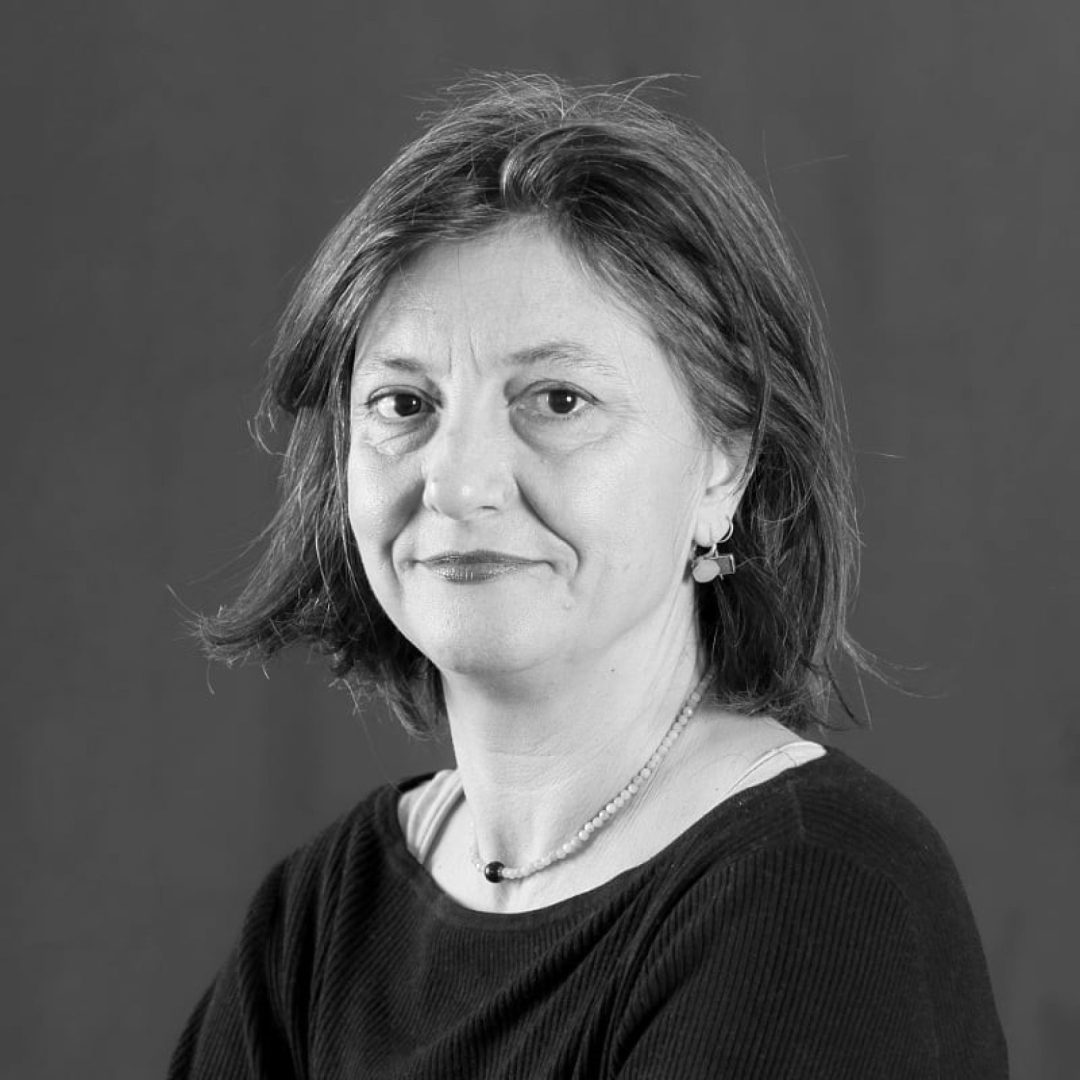
1965 | Roma | Italia
25-31 May 2023
Vernissage
Thursday 25 May 18:30-21:30
Q: Tell me about this latest cycle of works.
A: Over the past two years I’ve been listening to a great deal of music—from pop to classical—and I found myself surprised by how deeply it penetrated, giving me an unexpected sense of calm. I have always searched, in other expressive languages, for a hook, a spark that could push me to paint. I’ve long carried a sense of inadequacy, especially when it comes to painting, yet I’ve never been able to stop. I’ve become aware of the power of sound waves.
Q: You speak of harmony, extended to visual perception?
A: I never tire of saying that my work begins with a lack, with a fragment. Since my first exhibition, where I “basted” (as in the phrase Imbastire legami crea trame, curated by R. Gavarro, 2001), my work has always attempted to mend, to fill the fracture, to heal the wound. With maturity, I feel I am “closing the circle”: I have followed the dance, and now I “tune myself.” This kind of knowledge always arises through an attraction—sometimes even in spite of it—but the entire journey must be taken: the emotional, the cognitive, the analytical. And from that obsessive tension, a surprise emerges. It takes you elsewhere. It’s always a gift. The work is a real relationship, just like with a person: at times you don’t communicate, at times you move in unison.
Q: Tell me about the Rorschach stains.
A: They were a real surprise. I knew the psychoanalytic technique of Rorschach, and I had read that even Leonardo da Vinci experimented with it. What can I say—they came from above. What matters is not what happens to us, but what we decide to do with it. Everything eventually finds its path. Even the title comes from a Neapolitan expression for “mirror,” ’O tale e quale. Not by chance the TV format Tale e Quale is so successful. We need to identify ourselves, to see ourselves reflected in order to feel we exist in this dizzyingly accelerated world. And towards where…?
Moreover, everything begins with the concept of harmony; words like beauty or aesthetics come much later. Our artistic culture is born with Pythagoras, with the laws of Harmony.
Q: Yours seems like an intimate process of knowledge, almost philosophical in nature.
A: Yes. I have spent many years torn by inner conflict—doing or not doing, painting or not painting, being or not being. A long struggle made of deep, painful immersions. But my beloved Calvino (in Six Memos for the Next Millennium), through Hofmannsthal, had already told me: “Depth must be hidden. Where? On the surface.” On the waves…


